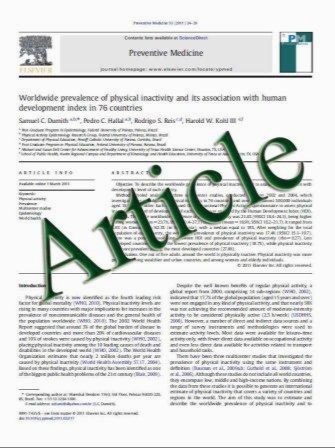Influence of Radiofrequency Ablation of Lung Cancer on Pulmonary Function
- نوع فایل : کتاب
- زبان : انگلیسی
- مؤلف : Akihiro Tada Takao Hiraki Toshihiro Iguchi Hideo Gobara Hidefumi Mimura Shinichi Toyooka Katsuyuki Kiura Toshihide Tsuda Toshiharu Mitsu
- چاپ و سال / کشور: 2011
Description
Purpose The purpose of this study was to evaluate altered pulmonary function retrospectively after RFA. Methods This retrospective study comprised 41 ablation sessions for 39 patients (22 men and 17 women; mean age, 64.8 years). Vital capacity (VC) and forced expiratory volume in 1 s (FEV1) at 1 and 3 months after RFA were compared with the baseline (i.e., values before RFA). To evaluate the factors that influenced impaired pulmonary function, univariate analysis was performed by using multiple variables. If two or more variables were indicated as statistically significant by univariate analysis, these variables were subjected to multivariate analysis to identify independent factors. Results The mean VC and FEV1 before RFA and 1 and 3 months after RFA were 3.04 and 2.24 l, 2.79 and 2.11 l, and 2.85 and 2.13 l, respectively. The values at 1 and 3 months were significantly lower than the baseline. Severe pleuritis after RFA was identified as the independent factor influencing impaired VC at 1 month (P = 0.003). For impaired FEV1 at 1 month, only severe pleuritis (P = 0.01) was statistically significant by univariate analysis. At 3 months, severe pleuritis (VC, P = 0.019; FEV1, P = 0.003) and an ablated parenchymal volume C20 cm3 (VC, P = 0.047; FEV1, P = 0.038) were independent factors for impaired VC and FEV1. Conclusions Pulmonary function decreased after RFA. RFA-induced severe pleuritis and ablation of a large volume of marginal parenchyma were associated with impaired pulmonary function.
Cardiovasc Intervent Radiol DOI 10.1007/s00270-011-0221 -Received: 31 March 2011 / Accepted: 16 June 2011 Springer Science+Business Media, LLC and the Cardiovascular and Interventional Radiological Society of Europe (CIRSE) 2011


